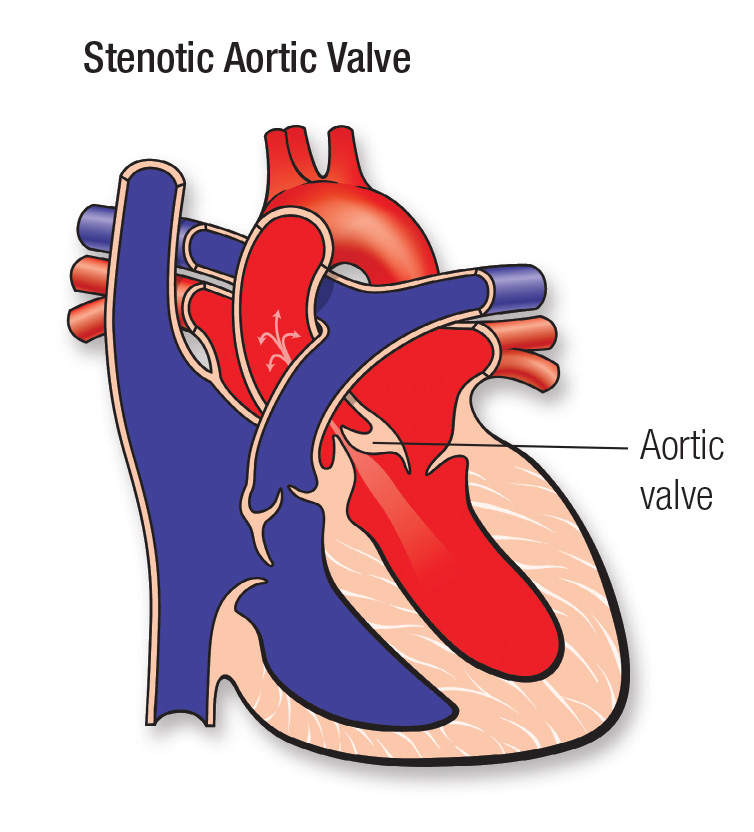Learning objectives
- Define patent ductus arteriosus
- Describe the signs and symptoms of patent ductus arteriosus
- Anesthetic management of a patient with patent ductus arteriosus
Definition and mechanisms
- Patent ductus arteriosus (PDA) is a congenital heart defect in which there is a persistent opening between the aorta and pulmonary artery
- The ductus arteriosus is a blood vessel in the developing fetus that connects the trunk of the pulmonary artery to the proximal descending aorta, allowing most of the blood from the right ventricle to bypass the fetus’s fluid-filled non-functioning lungs
- In PDA, the ductus arteriosus fails to close after birth
- PDA allows a portion of oxygenated blood from the left heart to flow back to the lungs by flowing from the aorta (higher pressure) to the pulmonary artery → left-to-right shunt
Signs and symptoms
- Rapid breathing
- Shortness of breath
- Sweating during feeding
- Fatigue or tiredness
- Feeding difficulties
- Failure to thrive
- Tachycardia
- Heart murmur
Complications
- Pulmonary hypertension
- Pulmonary edema
- Heart failure
- Eisenmenger syndrome
- Endocarditis
- Necrotizing enterocolitis
- Bronchopulmonary dysplasia
- Intraventricular hemorrhage
- Neurodevelopmental delay
- Prolonged mechanical ventilation
Risk factors
- Premature birth
- Hypoxemia
- Congenital rubella syndrome
- Chromosomal abnormalities (e.g., Down syndrome)
- Family history and genetic conditions (e.g., CHARGE syndrome, Goldenhar syndrome, VACTERL)
- Female gender
Diagnosis
- Echocardiogram
- Chest X-ray
- ECG
- Cardiac catheterization (usually not needed to diagnose PDA, but might be used if PDA occurs with other heart problems)
Treatment
- Medications
- Nonsteroidal anti-inflammatory drugs (NSAIDs; e.g., ibuprofen, indomethacin) in premature babies
- NSAIDS will not close a PDA in full-term babies, children, or adults
- Surgery to close the PDA
- Catheter procedure
- Open-heart surgery (surgical closure)
- Regular health checkups for life to check for complications, even after treatment to close the opening
Management
Preoperative management
- Hydration
- Avoid fluid overload
- Inotropic support, if required
- Crossmatch blood
- Premedication midazolam 0.5 mg/kg PO or 0.05-0.2 mg/kg IV to reduce anxiety and smooth induction
- Pulse oximetry monitoring after giving premedication
Intraoperative management
- Avoid hypothermia, hemodilution, hypoxia, and hyperoxia
- Anesthesia drugs cause changes in systemic vascular resistance (SVR) and pulmonary vascular resistance (PVR), resulting in unbalancing of pulmonary blood flow (PBF)
- High PBF leads to pulmonary edema and desaturation
- Low PBF leads to desaturation and acidosis
- Monitoring: ECG, SpO2, invasive blood pressure, EtCO2, airway pressure, temperature, ABG, TEE, urine output
- Induction of anesthesia
-
- Preoxygenation
- Prolonged onset time of IV agents expected due to L → R shunt, no change in inhalational induction
- IV agents: 1-2 mg/kg ketamine with 20 mcg/kg glycopyrrolate
- Neuromuscular blocking agent: 0.1 mg/kg vecuronium IV
- If there is no IV line: Sevoflurane induction
- Avoid succinylcholine (contracture of PDA)
- Dexamethasone 0.2-0.5 mg/kg
- Ondansetron 0.1 mg/kg to avoid nausea and vomiting
- Maintenance of anesthesia
- Sevoflurane, air, and oxygen
- Vecuronium
- 1-2 mcg/kg fentanyl (small doses) to blunt hemodynamic changes during stimuli
- An increase in oxygen concentration decreases PVR
- Avoid nitrous oxide (pulmonary hypertension)
- Ventilation
- Controlled
- Ventilatory goals: Tidal volume adjusted to keep PIP pressure between 15-25 cm H2O
- FiO2 adjusted to keep PaO2 between 50-70 mmHg
- SpO2 between 87-92%
- EtCO2 30-35 cm H2O
- Hypoventilation can reverse shunt due to HPV
- Hyperventilation can increase L → R shunt due to a reduction in PVR
- Hemodynamics
-
- Maintenance fluid 4 mL/kg/h
- IV tubing should be bubble free to prevent embolization
- Hematocrit is maintained as hemodilution leads to an increase in L → R shunt
Postoperative management
- Paracetamol and local infiltration adequate for postprocedural analgesia
- Postoperative ventilation needed in premature babies
Suggested reading
- Kritzmire SM, Boyer TJ, Singh P. Anesthesia For Patients With Patent Ductus Arteriosus. [Updated 2022 Aug 9]. In: StatPearls [Internet]. Treasure Island (FL): StatPearls Publishing; 2022 Jan. Available from: https://www.ncbi.nlm.nih.gov/books/NBK572063/
We would love to hear from you. If you should detect any errors, email us [email protected]







